Search engine optimization is changing fast, thanks to Artificial Intelligence. Richard Nosek says, “AI can be a force multiplier for marketing leaders — especially in organizations where resources are tight.” This shows how vital it is to know how AI and SEO work together.
Exploring this new area, we see AI changing SEO. It helps businesses get better online, rank higher in searches, and attract more visitors to their sites.
Key Takeaways
- Understanding the role of AI in modern SEO strategies
- How AI can enhance search engine rankings
- The importance of integrating AI into your SEO plan
- Future trends in AI and SEO
- Practical steps to implement AI-driven SEO
The Evolution of SEO in the Age of Artificial Intelligence
Artificial intelligence is changing SEO a lot. The AI market is growing fast, expected to hit $243.72 billion by 2025. It could even reach $826.73 billion by 2030. This big change shows how search engines and SEO are evolving.
How AI Has Transformed Search Engines
AI has made search engines smarter. They can now understand what users really want. A study found that AI search engines can handle complex questions better. This change has made SEO practices different.
From Keywords to User Intent
SEO used to be all about keywords. But AI has changed that. Now, it’s about making content that meets user needs. It’s about giving users what they really want, not just keywords.
The Rise of Smart Algorithms
AI has brought smarter algorithms. These can learn and get better over time. They analyze lots of data and predict what users might want.
In short, SEO is becoming more about understanding users and less about keywords. As AI gets better, businesses need to update their SEO plans to stay ahead.
Understanding the Relationship Between Artificial Intelligence, AI, and SEO
AI is changing the SEO world by making search engines better at crawling, indexing, and ranking sites. As search engines get smarter, AI’s role in SEO grows more critical.
How Search Engines Use AI Algorithms
Search engines use AI to make search results more relevant and accurate. These algorithms can look at lots of data, spot patterns, and guess what users might want.
Google’s BERT, MUM, and RankBrain Explained
Google’s AI tools, like BERT, MUM, and RankBrain, are key to understanding search queries. BERT gets the subtleties of language, while MUM handles complex searches. RankBrain uses machine learning to rank search results better.
AI-Powered Indexing and Crawling
AI makes indexing and crawling faster and more accurate. This helps search engines find and list new content quicker, which is key for SEO.
The Impact of AI on Search Rankings
AI has changed how search rankings work. AI looks at things like user behavior, content quality, and relevance to rank websites.
Predictive Search and User Experience Signals
AI helps search engines guess what users want and give better results. It also looks at how users interact with websites, like click-through rates and bounce rates.
AI-Detected Content Quality Factors
AI can spot content quality issues like readability, relevance, and authority. By focusing on these, businesses can boost their search rankings.
Google says, “AI algorithms check your site’s content for keyword relevance, suggest meta tags, and look for readability. They even suggest ways to improve your content.” This shows how important it is to create high-quality, AI-friendly content.
Strategy1: Optimizing Content for AI-Powered Search
The rise of AI-powered search changes how we optimize content. Now, we focus on making content rich in meaning and understanding user needs. Search engines are getting smarter, so it’s key to adjust our content strategies.
Creating Semantic-Rich Content
Creating content that’s rich in meaning is vital for AI search. It should be not just relevant but also give a deep understanding of the topic.
Topic Clusters and Content Relationships
Topic clustering groups related content together. This makes your site a go-to resource on a subject. It helps search engines see how your content is connected, boosting your site’s visibility.
Entity-Based SEO Techniques
Entity-based SEO focuses on specific entities like people, places, and things. It’s crucial for AI search, helping engines grasp the context and relevance of your content.
Implementing Natural Language Processing Principles
Natural Language Processing (NLP) is key for AI search. Knowing NLP helps content creators make their content match user queries better.
Writing for Conversational Search
Conversational search is growing, thanks to voice assistants. To optimize for it, use everyday language in your content.
Context and Intent Optimization
Understanding what users want is vital for AI search. Create content that meets their needs to boost your site’s visibility and relevance.
Structured Data and Schema Markup for AI Crawlers
Structured data and schema markup help AI crawlers get your content. They provide extra context, making your site more visible in search results.
Essential Schema Types for Better Visibility
Schema types like review, event, and FAQ can make your site more visible. They help search engines understand your content better.
Implementation Best Practices
When using schema markup, follow best practices. Use the right schema type, provide accurate data, and test it with Google’s Structured Data Testing Tool.
| Schema Type | Description | Benefits |
|---|---|---|
| Review Schema | Provides reviews for a product or service | Improved visibility in search results, increased trust |
| Event Schema | Provides details about an event | Improved visibility in search results, increased event attendance |
| FAQ Schema | Provides answers to frequently asked questions | Improved visibility in search results, increased user engagement |
By using these strategies, we can make our content better for AI search. This improves our online presence.
Strategy2: Voice Search Optimization in the AI Era
With more devices now using voice commands, businesses must focus on voice search optimization. This is key to staying ahead in the AI-driven search world. As we talk to virtual assistants like Siri and Google Assistant, how we search online is changing a lot.

Understanding Conversational Queries
Voice search is becoming more like talking to a friend. Users ask questions in a natural way. This means we need to understand conversational queries better than before.
Question-Based Content Creation
To do well in voice search, we must create content that answers questions directly. We should make question-based content that is clear, short, and answers what users are looking for.
Featured Snippet Optimization
Featured snippets are key for voice search. They often provide the info voice assistants share. Making our content appear in these snippets can boost our voice search visibility.
Implementing Long-Tail Keywords for Voice Search
Voice search often uses longer phrases and specific questions. This makes long-tail keywords crucial for voice search. By targeting these longer phrases, we can better match what users are looking for.
Natural Phrase Research Methods
It’s important to research using phrases that sound like how we speak. Analyzing natural language patterns helps us find the right keywords and phrases for our content.
Conversational Content Mapping
Creating a content map that shows the conversational nature of voice search is helpful. It helps us organize and optimize our content better. We map out questions and topics related to our business or niche.
Local SEO Considerations for Voice Assistants
Voice search is often used for local queries, like “near me” searches. This makes local SEO very important. Making sure our business listings are accurate and optimized for voice search can greatly improve our local search visibility.
Near-Me Searches and Location-Based AI
AI has made near-me searches more accurate. To optimize for these queries, we need to make sure our location data is current and correct on all platforms.
Business Listing Optimization for Voice
To optimize our business listings for voice search, we must ensure our NAP (name, address, phone number) is the same everywhere online. This consistency is key for better visibility in voice search results.
A study found that “62% of Americans over 18 use voice search on their devices, thanks to Siri, Google Assistant, and Alexa.” This shows how vital voice search optimization is for our SEO strategies.
“The future of search is voice, and businesses that adapt to this new reality will be better positioned to succeed in the AI-driven search landscape.”
Strategy3: Leveraging AI Tools for Competitive SEO Analysis
AI tools are changing how we do competitive SEO analysis. They help us understand our competitors better and find ways to improve our rankings. This is all thanks to artificial intelligence.
AI-Powered Competitor Research Tools
AI tools for competitor research quickly analyze lots of data. They give us insights into our competitors’ SEO plans. This helps us see where we can do better and improve our SEO.
Identifying Content Gaps with AI
AI is great for finding content gaps. It looks at our competitors’ content and finds topics we’re missing. This helps us plan our content better and catch up.
Competitive Backlink Analysis Automation
AI also checks our backlinks and those of our competitors. It looks at relevance, authority, and anchor text. This saves us time and gives us a better view of our backlink profile.
Predictive Analytics for SEO Strategy
Predictive analytics with AI improves our SEO strategy. It uses past data and trends to forecast future changes. This helps us spot opportunities early.
Trend Forecasting with Machine Learning
Machine learning finds patterns in data to predict trends. This keeps us ahead in SEO and helps us adjust our strategy.
Opportunity Identification Through Data
AI finds new opportunities by analyzing data from search engines, social media, and our site analytics. This helps us find hidden chances and optimize our SEO.
Automating SEO Audits with AI
AI makes SEO audits easier by finding technical issues. It checks our site’s structure, content, and performance. Then, it suggests how to improve.
Technical SEO Monitoring Systems
AI-powered systems watch our site’s performance and alert us to problems. This keeps our SEO in top shape and prevents issues.
Automated Issue Detection and Prioritization
AI finds and sorts SEO problems for us. This means we focus on the most important issues first. It saves time and makes our SEO efforts more effective.
Strategy4: AI-Driven Content Creation and Optimization
AI is changing how we create content, making it more precise and personal. We’ll see how AI can change content generation, writing, and personalization.
Using AI for Content Topic Generation
AI tools can quickly come up with topic ideas, outlines, and drafts. They use target keywords and audience preferences. This makes creating content faster and more efficient.
Data-Driven Content Calendars
AI helps us make content calendars that match our audience’s interests. This makes our content relevant and timely. It also helps it rank better in search results.
Audience Interest Prediction
AI analyzes data to guess what our audience likes. This lets us create content that really speaks to them. It’s a key way to make our content engaging and effective.
AI Writing Assistants and Their SEO Benefits
AI writing tools are getting better at suggesting improvements and grammar checks. They can also rewrite content. These tools help make our content better for readers and search engines.
Balancing AI and Human Creativity
It’s important to mix AI suggestions with human creativity. This keeps our content original and interesting.
Quality Control for AI-Generated Content
We need to check and edit AI content to meet our quality standards. This ensures it’s relevant and high-quality.
Content Personalization Through AI
AI lets us personalize content for each user. This makes our content more engaging and can boost conversion rates.
Dynamic Content Delivery Systems
AI helps us deliver content that fits the user’s current situation. This makes the user experience more personal and engaging.
User Segment Targeting Strategies
AI helps us tailor content for different user groups. This ensures our content connects with various audiences.
| AI-Driven Content Creation Benefits | Description | SEO Impact |
|---|---|---|
| Content Topic Generation | AI generates topic ideas based on target keywords and audience preferences. | Improves content relevance and timeliness. |
| AI Writing Assistants | AI tools assist in writing, editing, and rewriting content. | Enhances content quality and readability. |
| Content Personalization | AI delivers personalized content experiences to users. | Increases user engagement and conversion rates. |
Strategy5: Harnessing Machine Learning for User Experience Optimization
Using machine learning is key for businesses to improve user experience and stay competitive online. By adding machine learning to their SEO plans, companies can better understand what users like. This leads to a better user experience.
AI-Based User Behavior Analysis
Machine learning can look at lots of user data to find patterns. This AI-based user behavior analysis helps businesses make smart decisions to improve their website.
Heat Mapping and Click Pattern Recognition
Machine learning is great for creating heat maps and recognizing click patterns. It shows where users are most engaged. This helps businesses focus on those areas to make their content better.
Engagement Metrics Interpretation
Machine learning can also understand engagement metrics like time on page and bounce rate. By knowing how users interact, businesses can tweak their SEO to make the site better and boost conversions.
Improving Site Navigation with Machine Learning
Machine learning can make site navigation better by studying user behavior. It adjusts the website’s layout to meet user needs. This makes the site easier to use.
Adaptive Menu Systems
Machine learning helps create adaptive menu systems. These systems guess what users will do next and change the menu to match. It makes navigation smoother.
Predictive Page Loading
Machine learning can also predict which page a user will visit next. It loads that page before they click, making the site faster and more enjoyable.
Personalized Search Results and Recommendations
Machine learning is key for personalized search results and recommendations. It looks at user behavior to suggest content and products that fit their interests. This makes the user experience better.
On-Site Search Enhancement
Machine learning can also improve on-site search. It learns how users search and makes the search function better. This gives users more accurate results.
Related Content Algorithms
Machine learning can suggest related content based on what users are looking at. This keeps users engaged and helps them find what they need.
By using these machine learning tools, businesses can greatly improve their user experience. This leads to more engagement, better conversion rates, and a strong position in the digital market.
Measuring Success: KPIs for AI-Enhanced SEO Strategies
Understanding the success of AI-enhanced SEO strategies is complex. It involves both traditional and AI-specific metrics. As AI changes SEO, businesses must update their tools to measure their strategies well.
Traditional vs. AI-Specific Performance Metrics
AI has brought new ways to measure success in SEO. While old metrics like keyword rankings and organic traffic are still key, AI adds more depth.
Beyond Rankings: Intelligent Performance Indicators
Intelligent indicators go beyond rankings. They include user engagement and content relevance. These help see how AI SEO affects a business’s online presence.
Attribution Modeling with AI
AI helps in understanding the value of each customer touchpoint. This makes it clear how SEO efforts lead to conversions.
ROI Calculation for AI-SEO Investments
It’s vital to calculate the ROI of AI-SEO investments. A detailed cost-benefit analysis is needed for this.
Cost-Benefit Analysis Frameworks
A good framework for AI-SEO investment analysis should look at both direct and indirect costs. Benefits include better search rankings and more organic traffic.
Long-Term Value Assessment
Long-term value of AI-SEO investments is about sustained search ranking improvements. It’s about seeing organic traffic grow over time.
Here’s a comparison of traditional and AI-specific metrics:
| Metric Type | Traditional Metrics | AI-Specific Metrics |
|---|---|---|
| Primary Focus | Keyword rankings, organic traffic | User engagement, content relevance |
| Measurement Tools | Google Analytics, SEMrush | AI-powered analytics tools |
| Insights Provided | Traffic volume, keyword positions | User behavior, attribution modeling |
AI-specific metrics give a deeper look into SEO performance. This helps businesses make informed decisions.
By using a detailed approach to measure SEO success, businesses can get the most out of their investments. This keeps them ahead in the digital world.
Conclusion: The Future of AI and SEO Synergy
The world of digital marketing is always changing. The mix of Artificial Intelligence (AI) and Search Engine Optimization (SEO) is key. This blend is set to change the game, bringing new ideas and growth.
Using AI in our marketing plans is smart. We can make content better for AI searches, use AI tools to check the competition, and improve how users feel. The future looks bright, with chances for better voice searches, content, and personal results.
As AI and SEO get closer, we’ll see big wins. Search rankings, user interest, and marketing success will all get better. By using AI and SEO together, we open doors to new success in digital marketing.
FAQ
How is Artificial Intelligence (AI) changing the field of Search Engine Optimization (SEO)?
AI is changing SEO a lot. It’s changing how search engines rank and find data. We need to update our SEO strategies for this new AI world.
What is the impact of AI on search engine rankings?
AI is making a big difference in search engine rankings. Search engines use AI to understand what users want better. This means we need to make our content more relevant.
How can we optimize our content for AI-powered search?
To optimize for AI search, we should make our content rich in meaning. We should also use natural language and structured data. This helps AI understand our content better.
What is the role of voice search optimization in the AI era?
Voice search is key in the AI era. We need to understand how people talk when searching. We should use long-tail keywords and focus on local SEO for voice search users.
How can AI tools be used for competitive SEO analysis?
AI tools help us analyze competitors. We can use them for research, predictive analytics, and automating audits. This gives us an edge online.
Can AI be used for content creation and optimization?
Yes, AI helps with content creation and optimization. AI can suggest topics, assist in writing, and personalize content. This makes our content better and more engaging.
How can machine learning be used for user experience optimization?
Machine learning improves user experience. It helps us analyze user behavior, make sites easier to navigate, and offer personalized results. This makes users happier.
What are the key performance indicators (KPIs) for measuring the success of AI-enhanced SEO strategies?
To see if AI SEO works, we track different metrics. We look at both traditional and AI-specific numbers. We also check the ROI to see if it’s worth it.
How can we measure the ROI of AI-SEO investments?
To find the ROI of AI SEO, we do a cost-benefit analysis. We compare the costs of AI SEO with the benefits, like better rankings and more traffic.


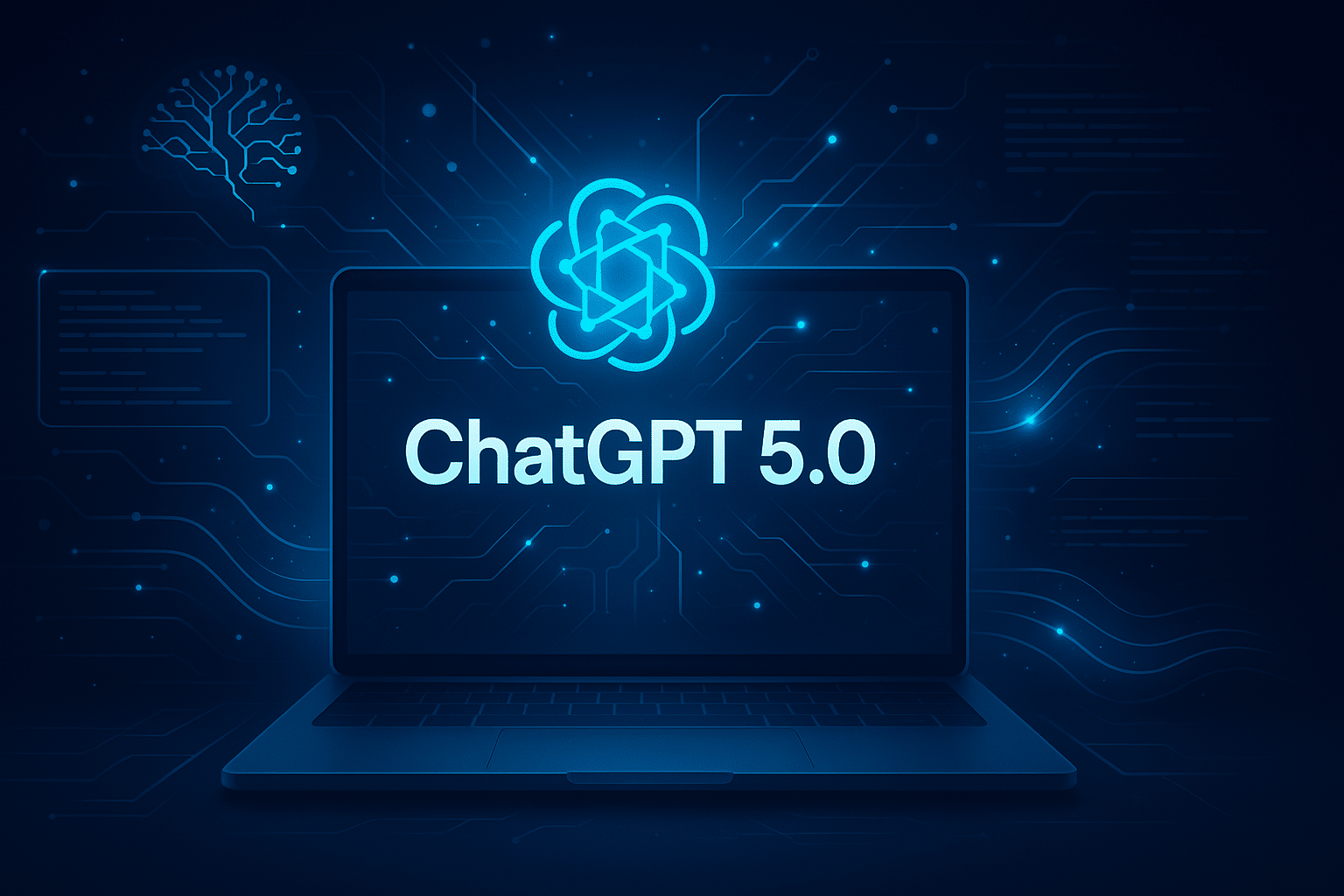
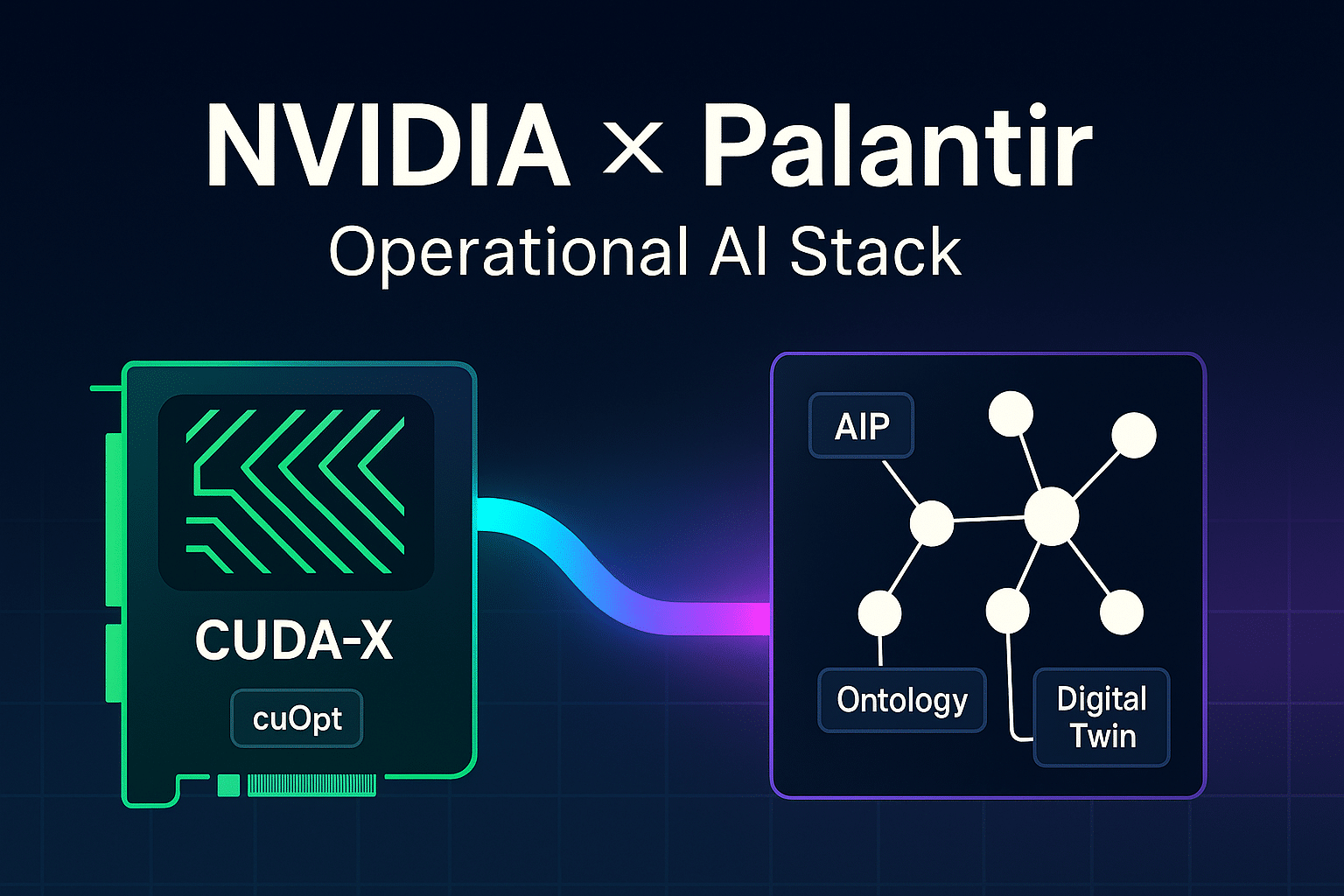

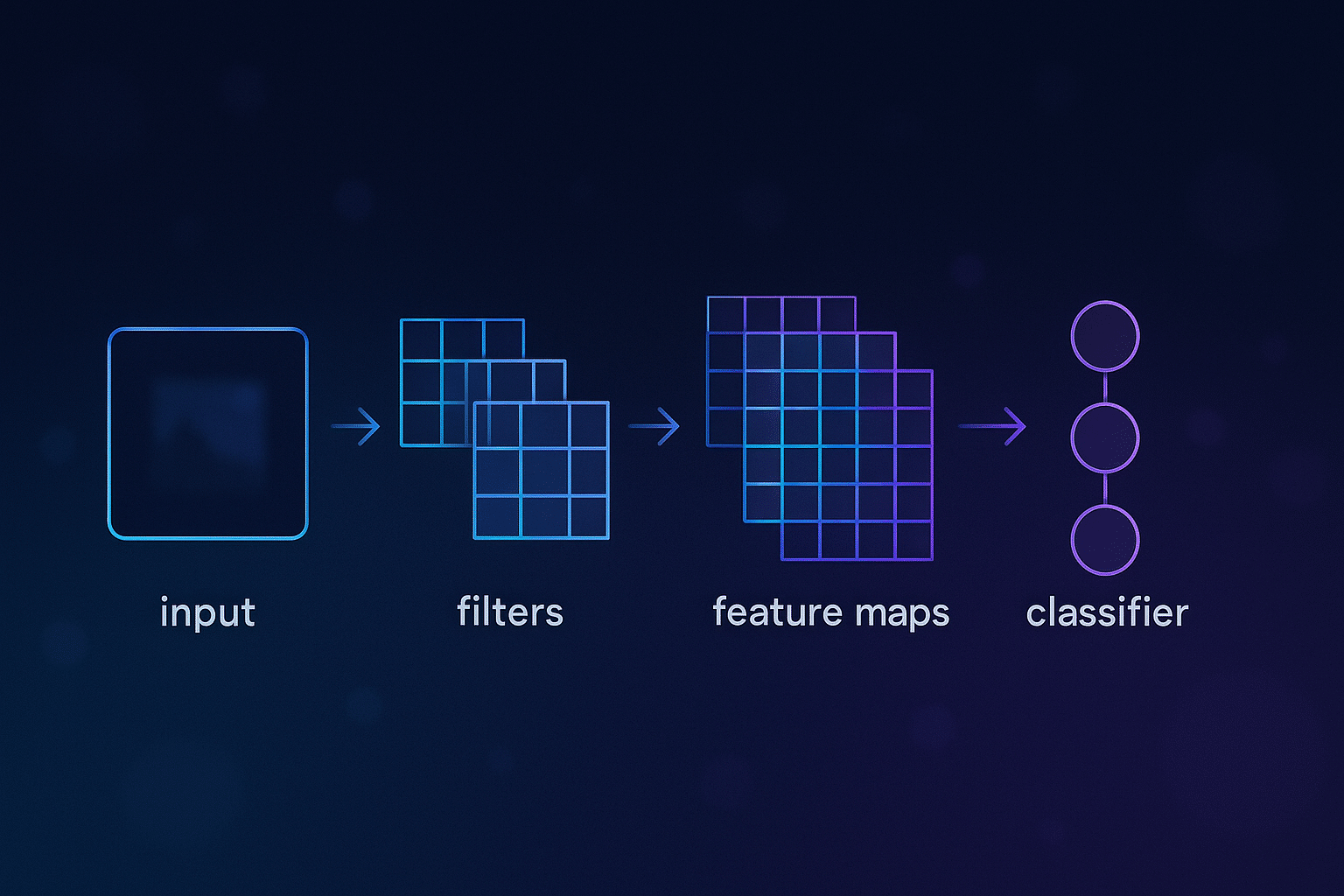

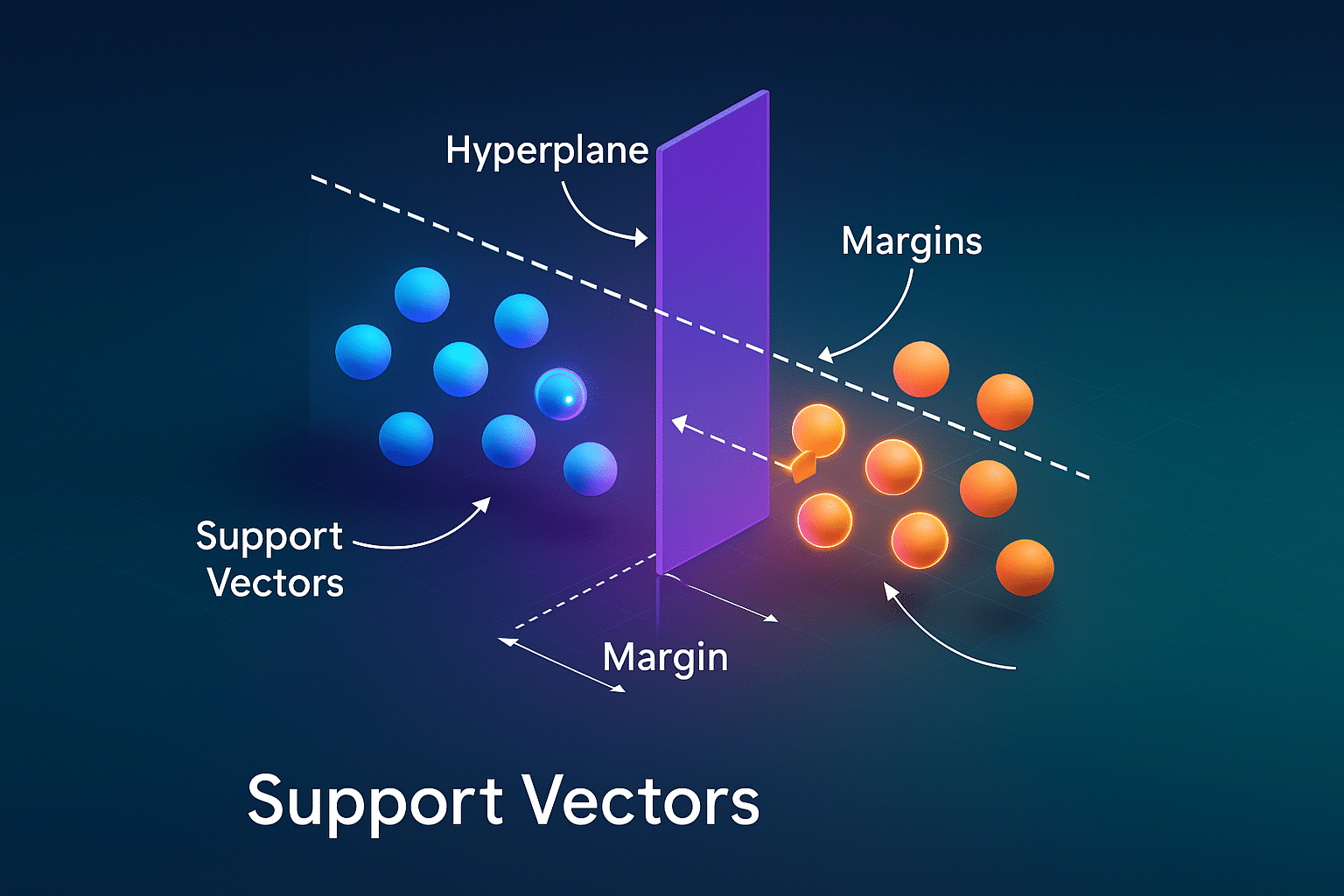
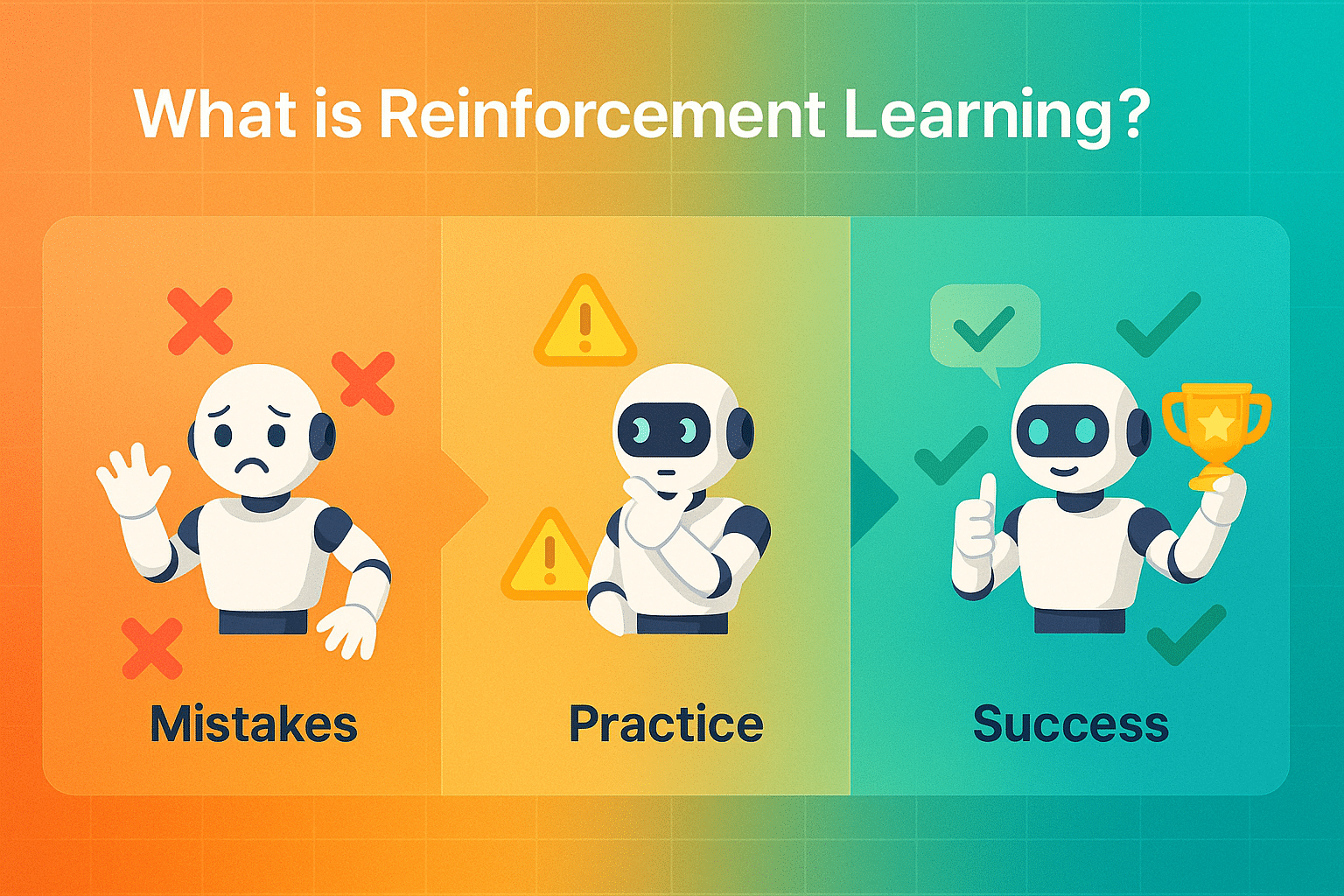
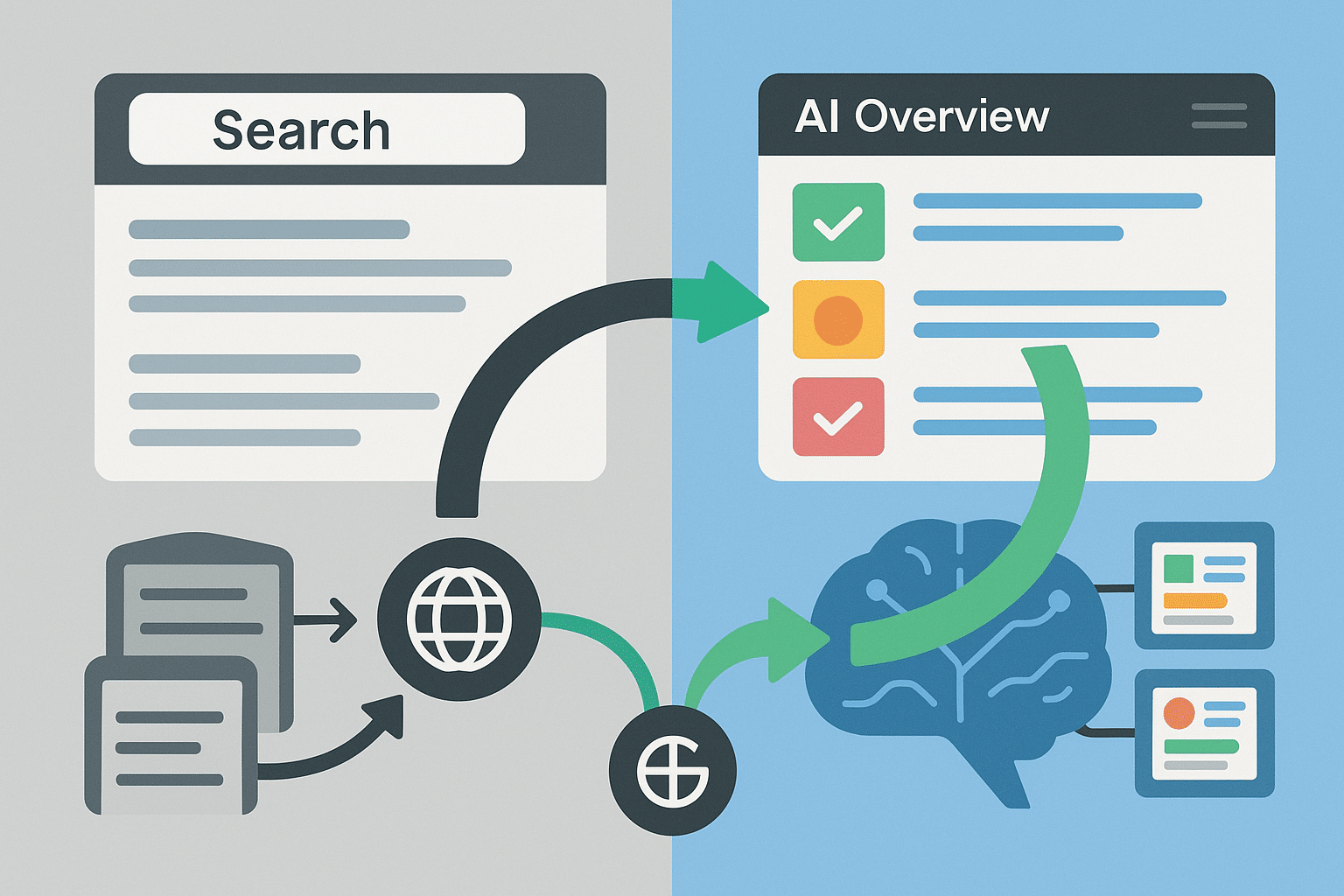
Leave a Reply